Madagascar Magic…
by Alastair Kilpin, 23rd October 2017
Madagascar remains a serious bucketlist destination for travellers despite annual outbreaks of bubonic plague, chronically bad roads, degraded natural areas, illegal logging and general infrastructure challenges! Quite a statement to entice you isn’t it? Despite the ‘newsworthy’ drawbacks, this island is one I love to return to for the many right reasons that exist – wonderful people, quirky and rustic settings, life-giving forests, the Indian Ocean and most notably the other-worldly wildlife for which the island is so famous.
There are no longer Giant Sloths, Elephant Birds or Hippo roaming Madagascar, very possibly exterminated at the hand of man in less than 2000 years of habitation. But many of the smaller creatures live on in the forest pockets we get to explore on our Madagascar safaris! Chameleons, strange and colourful birds like Ground-rollers and Vangas and a wide range of over 100 species of lemur! Some lemurs are relatively easy to find and identify whilst others are cryptic, remote and known by only a handful of intrepid researchers. Time in Madagascar is all about hiking – there are no game drives here! The places to visit are chosen according to your fitness levels and capabilities as many forests have steep trails, but there are those which are flatter and more manageable. Here is a small selection of images from one of our recent trips.
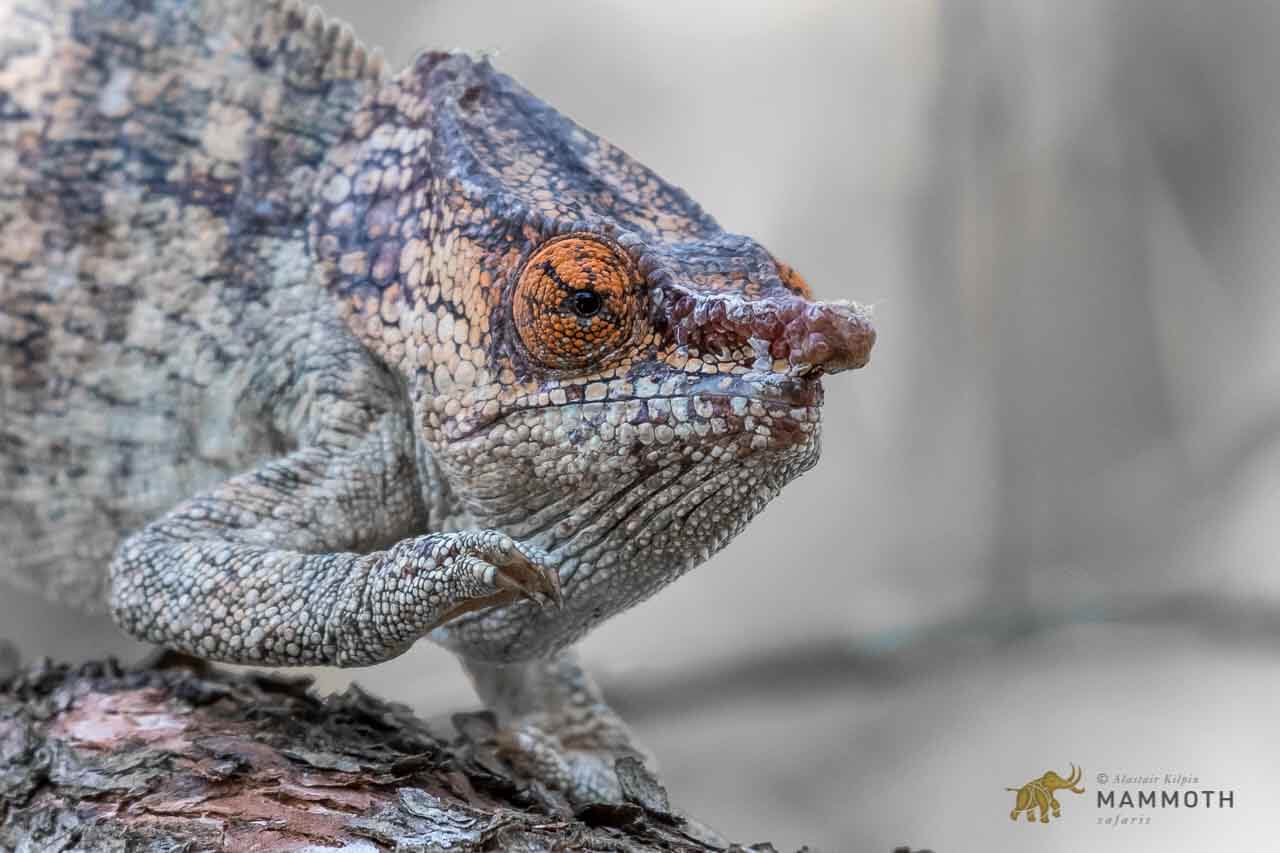
The Warty Chameleon is one of the largest and found in most different habitats. It’s as long as your forearm! Staking one out near a flowering bush to see it hunt requires patience but it is lots of fun to watch its enormous tongue in action!
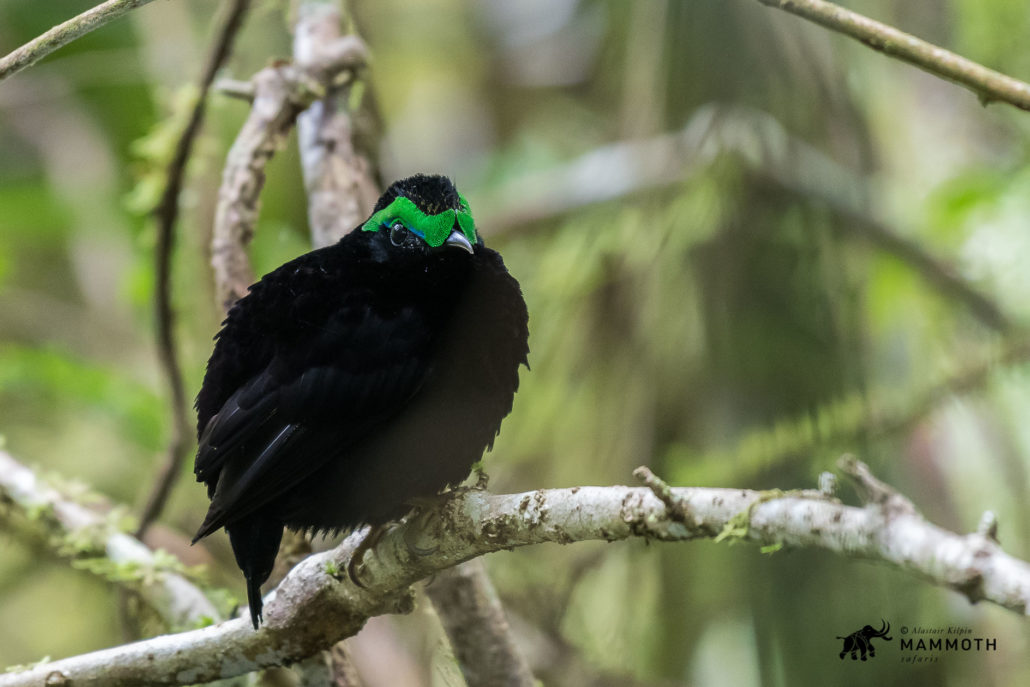
Velvet Asity – this curious dumpy black forest bird has crazy green eyebrows! Finding it requires careful scanning of the forest midstorey vines
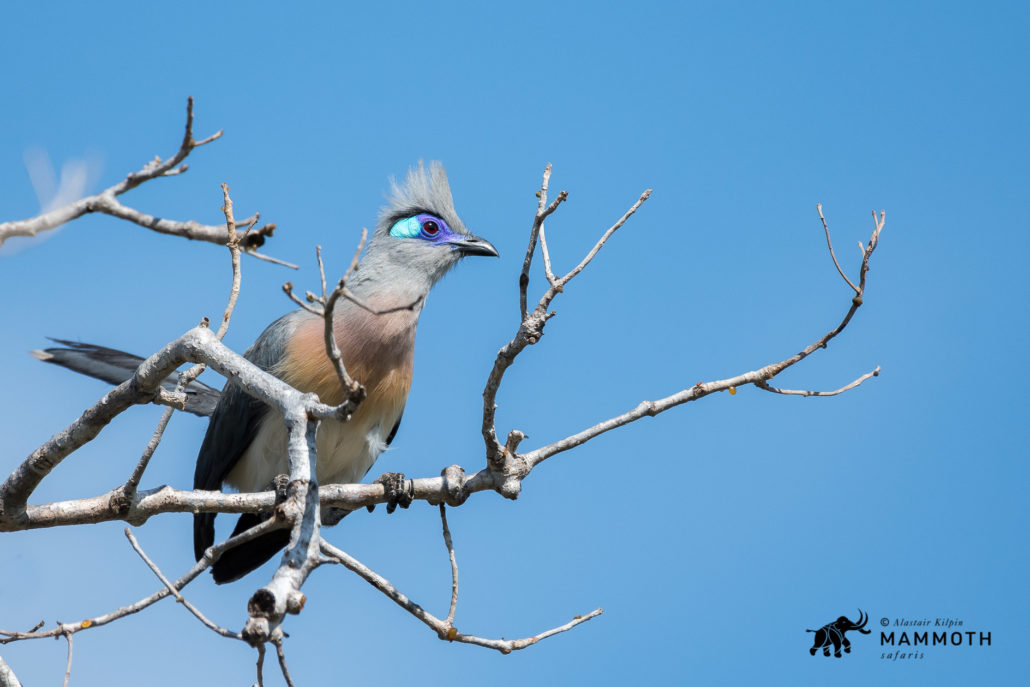
Crested Coua – this is one of the commoner of the nine species of coua found on the island. The amazing facial skin is a classic feature of all couas. I don’t know if there is a definitive answer as to its purpose, but I think visual communication is maybe the best answer – it is more obvious when you see the forest species in dim light.

This cute sportive lemur is one of around 30 species to be found. New species are being described from all over the island which brings more urgency to the need to conserve what is left of the natural habitat before its lost forever. These lemurs are the smallest leaf-eating primates in the world.

Life for most Malagasy people is tough. In harsh rural areas walking long distances is normal as this young family is doing here.
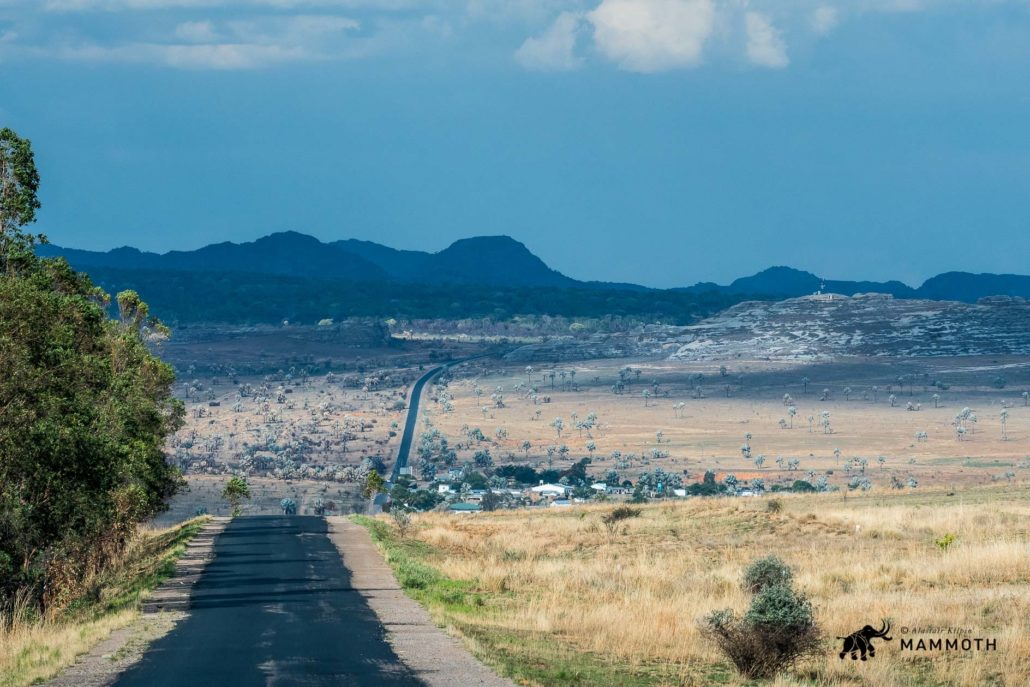
This is a renovated section of the main highway through the country in the beautiful Isalo region.
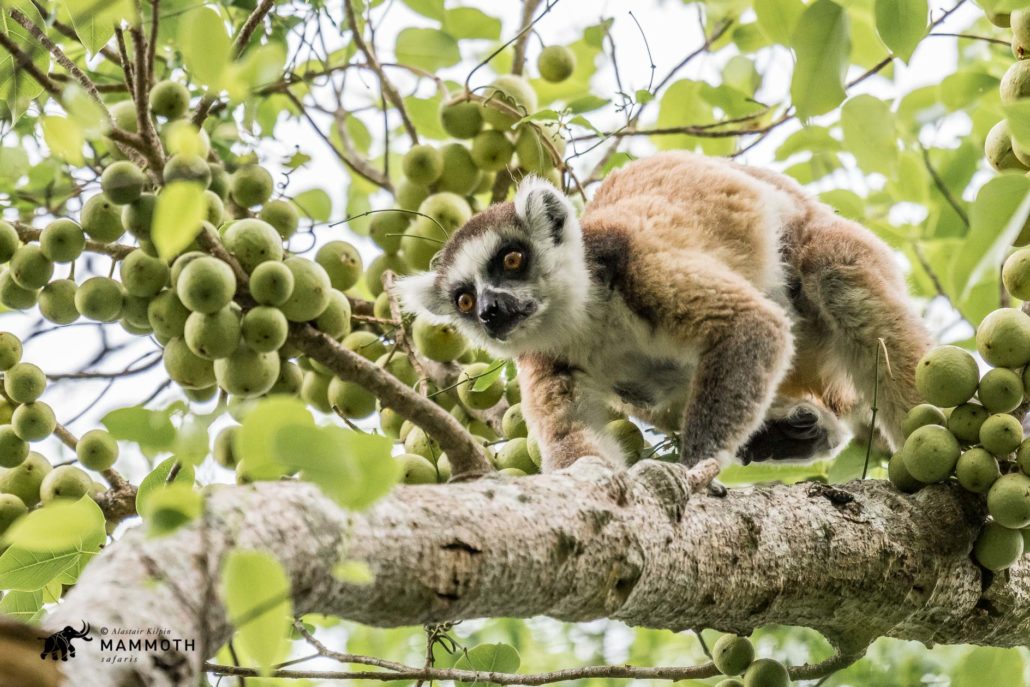
The Ring-tailed Lemur is the iconic symbol of Malagasy wildlife and one of the species I can watch for hours on end!
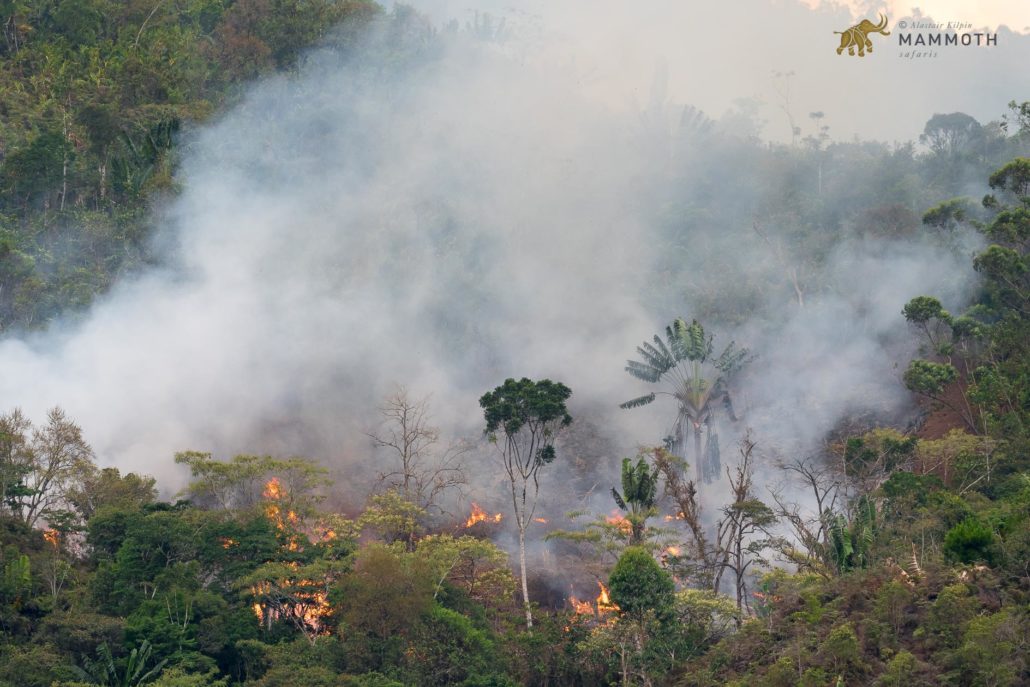
Natural forest is still being cleared and burnt for basic subsistence agriculture (tavy) – another major reason for the loss of biodiversity on the island.
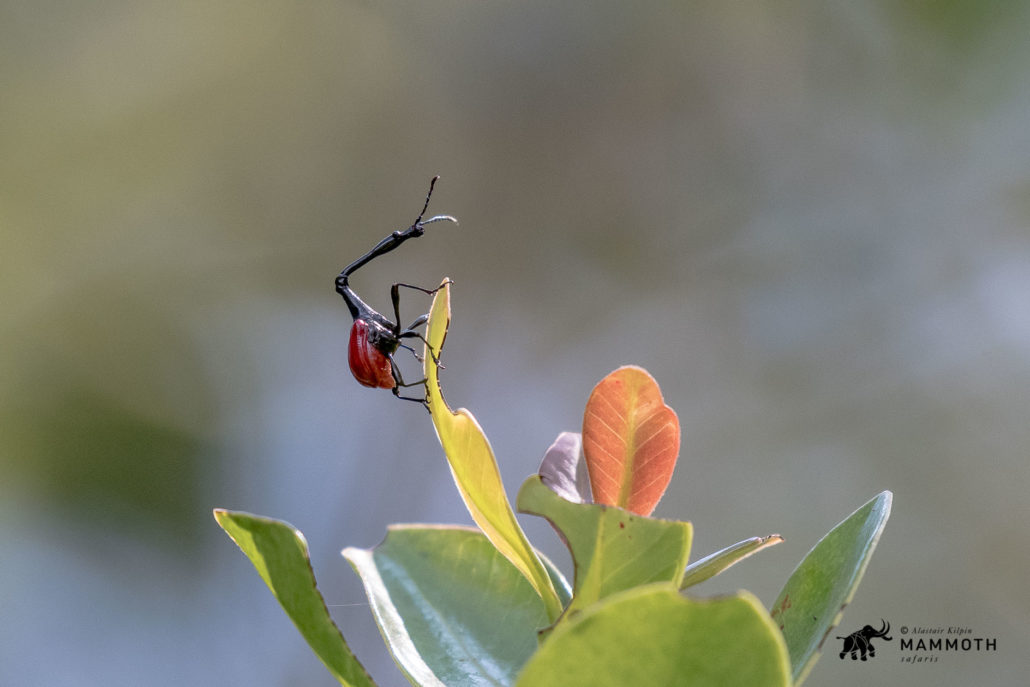
The bizarre giraffe-necked weevil is just one of the many bizarre and unexpected life-forms we find as we search the Madagascar forests.
How to arrange a Madagascar island safari of a lifetime…
Contact us now to begin your journey to one of the most incredible island experiences. Book your adventure and an amazing safari as soon as possible. Please contact a member of our sales team by sending an email to info@mammothsafaris.com and visit www.mammothsafaris.com for more destinations and journey ideas.

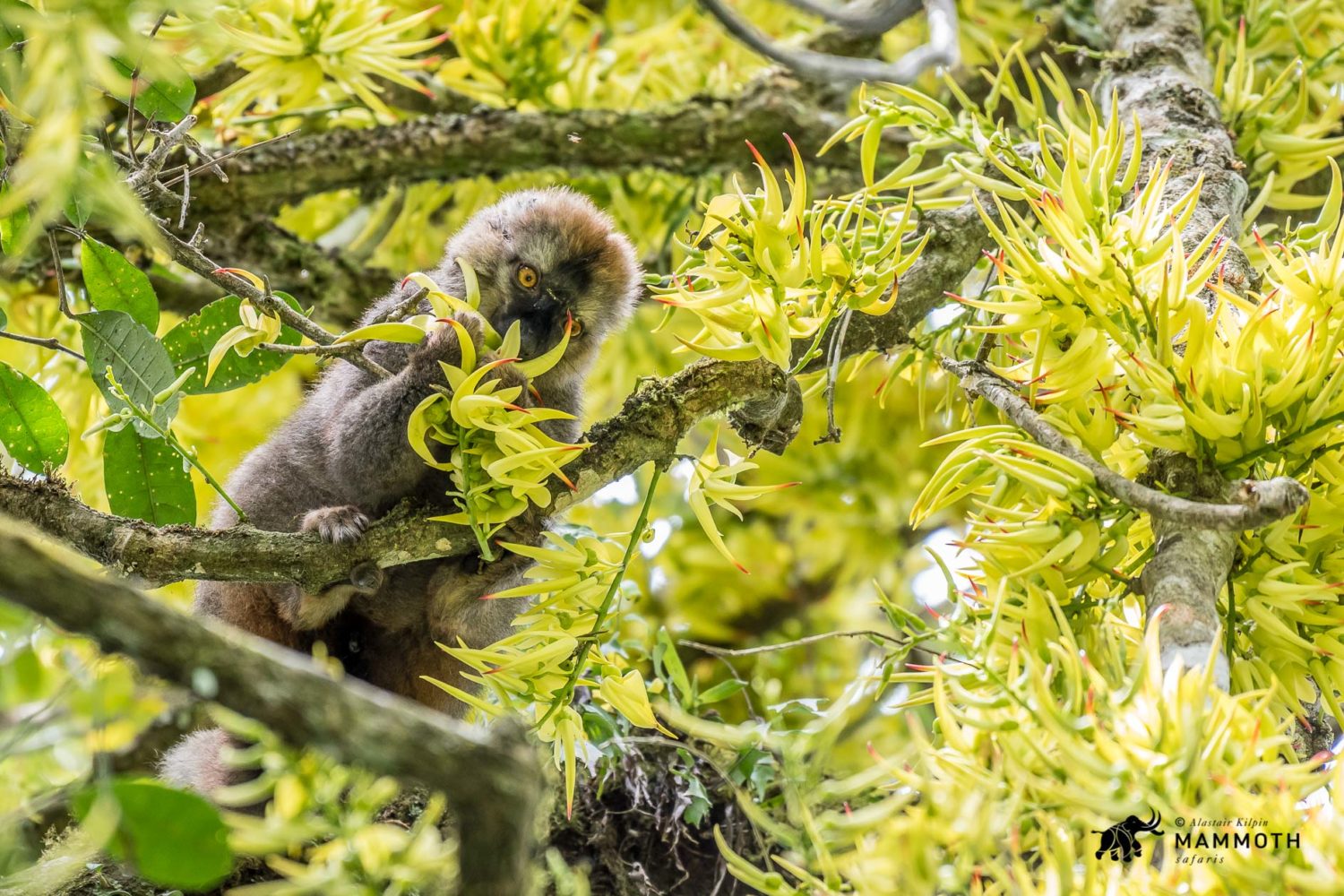


Leave a Reply
Want to join the discussion?Feel free to contribute!